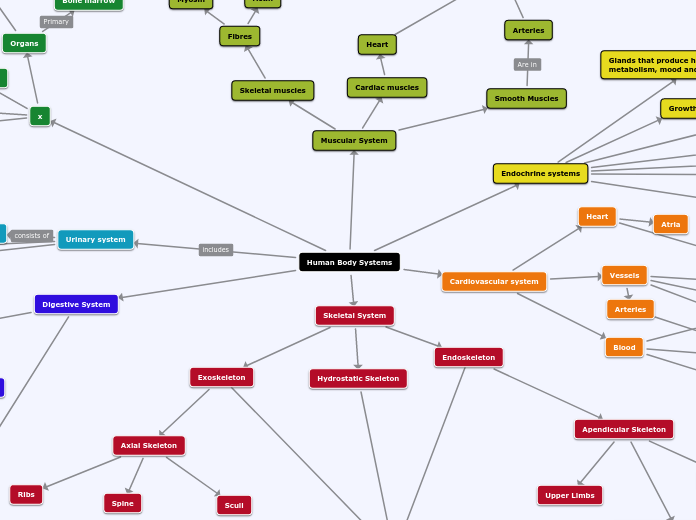realizată de ETHAN SNG HONG YEE N/A 10 ani în urmă
391
Awesome Human systems mindmap!
The human body consists of various systems that perform essential functions. The muscular system is responsible for movement, with muscles contracting and relaxing to facilitate bodily movements.









